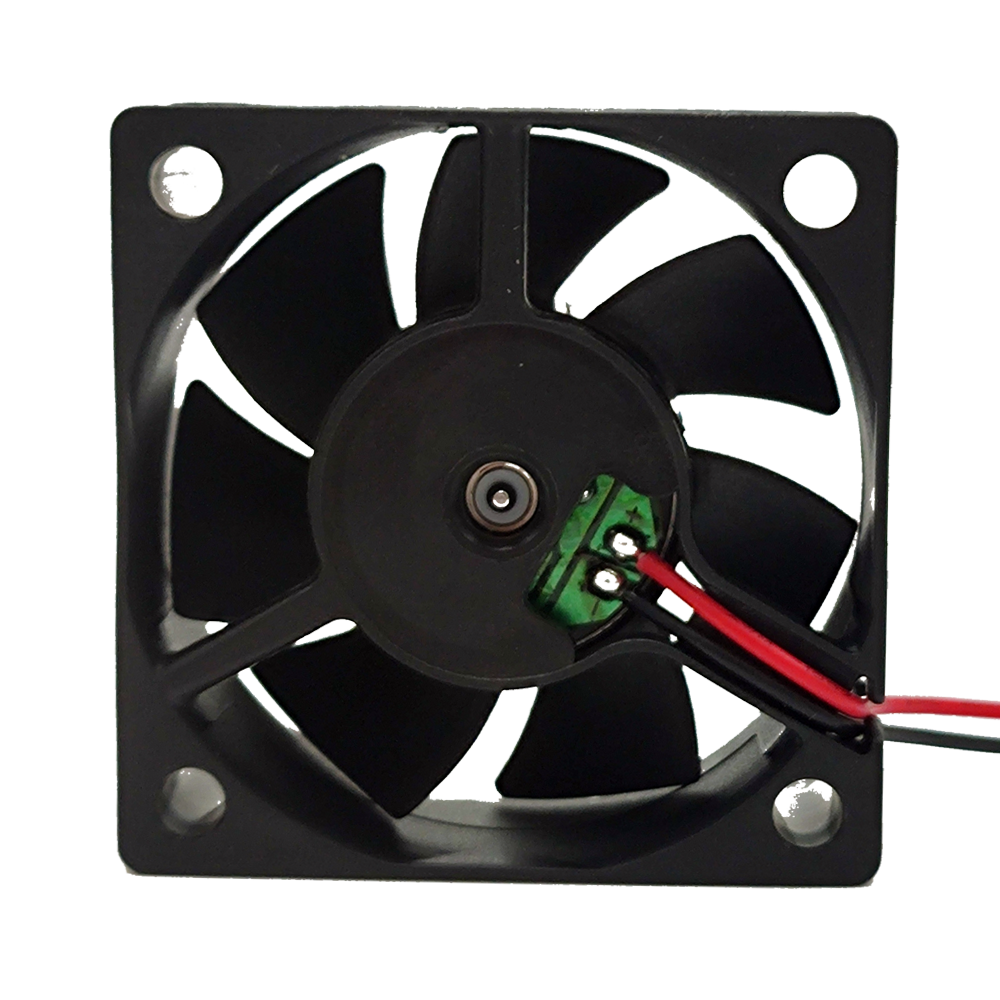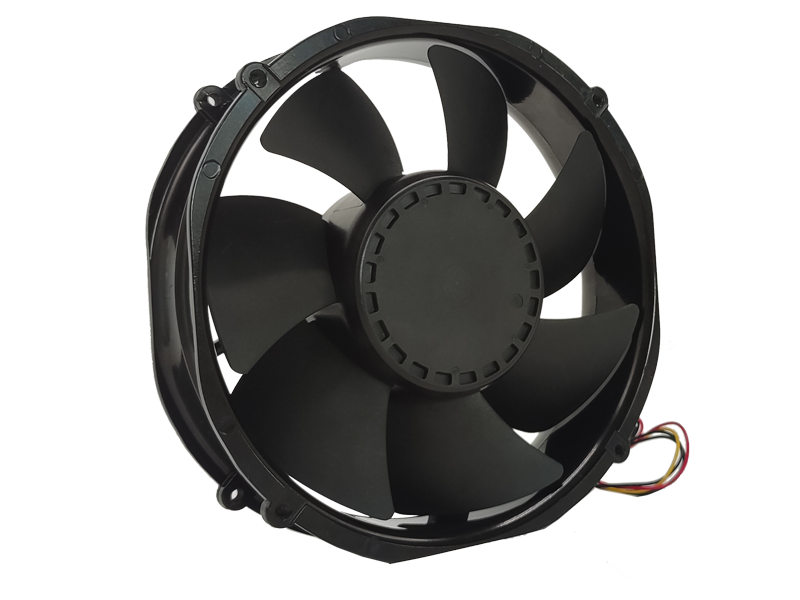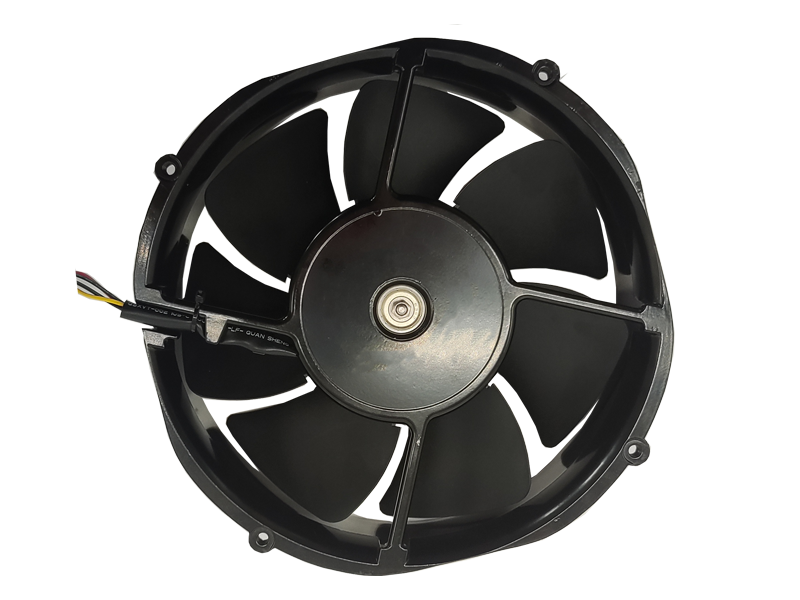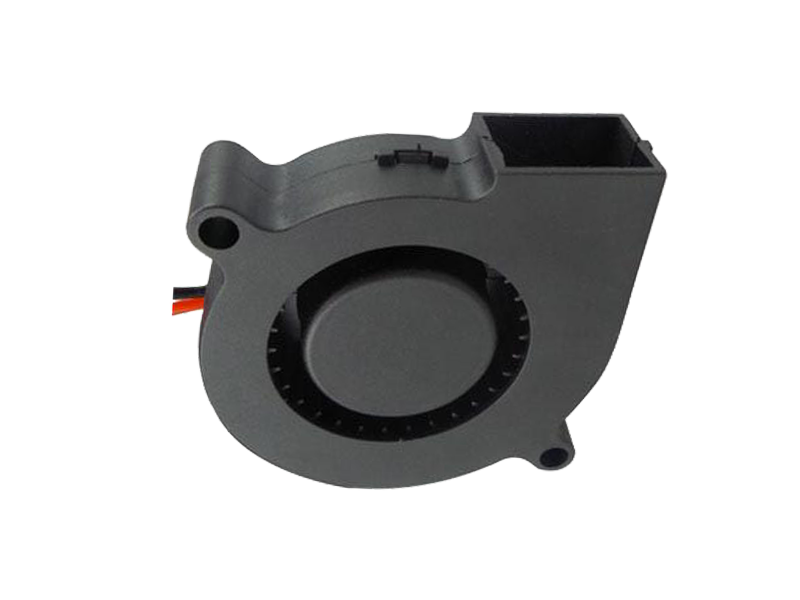In the face of global sustainability challenges, industrial fan manufacturers are pioneering circular economy principles. This article explores how product lifecycle management, eco-design, and renewable energy integration are transforming industrial fans into sustainability powerhouses.
1. Eco-Design: From Cradle to Cradle
Leading manufacturers are adopting:
Biodegradable composites: Fan housing from mushroom mycelium
Modular architectures: 95% of components reusable/recyclable
Water-based coatings: Eliminate volatile organic compounds (VOCs)
A case study from ebm-papst shows their "GreenTech" fans use 30% less material while achieving 15% higher efficiency compared to 2010 models.
2. Energy Harvesting: Fans as Power Generators
Innovative energy recovery systems include:
Piezoelectric blades: Generate electricity from airflow-induced vibrations
Solar-assisted fans: Integrated PV panels power control systems
Wind-solar hybrids: Use exhaust air to augment renewable energy
At a wastewater treatment plant in the Netherlands, Hidria's energy-harvesting fans generate 18% of their own operating power, reducing grid dependence.
3. Circular Business Models: Product as a Service
Manufacturers are shifting from selling fans to offering:
Airflow-as-a-Service: Customers pay per cubic meter of moved air
Performance-based contracts: Guaranteed airflow quality metrics
Take-back programs: Free component upgrades for returned units
A pilot with Unilever in Brazil reduced capital expenditure by 40% through Soler & Palau's Airflow-as-a-Service model, while achieving 25% lower total cost of ownership.
4. Carbon-Negative Manufacturing: Beyond Net Zero
Leading factories are implementing:
Renewable energy integration: 100% solar-powered production lines
Carbon capture systems: Use exhaust air to grow algae biofuel
Closed-loop water systems: Zero industrial discharge
The Ziehl-Abegg factory in Germany achieved carbon-negative status by using fan exhaust to cultivate algae, which is then converted into biodiesel for company vehicles.
5. Lifecycle Assessment: Quantifying Sustainability
Advanced tools enable:

Digital twins for LCA: Simulate environmental impact from design to disposal
Material passports: Blockchain-tracked component histories
Social impact metrics: Quantify job creation in local recycling ecosystems
A study by the Fraunhofer Institute found that fans designed with lifecycle assessment tools reduced environmental impact by 58% compared to conventional designs.
6. The Future: Regenerative Industrial Fans
Emerging concepts envision fans that:
Clean the air: Integrate HEPA filters and electrostatic precipitators
Support urban agriculture: Create microclimates for vertical farms
Generate drinking water: Condense moisture from exhaust air
As sustainability becomes a business imperative, industrial fans are evolving from energy consumers to regenerative systems that actively improve environmental quality. The circular economy isn't just a trend – it's the new standard for industrial fan innovation.
Recommended Products

The main purpose:Car charging station

The main purpose:Car charging station

The main purpose:Electronic refrigerators, water dispensers, direct drinking machines, inverter power supplies
Address:No. 4137, Longgang Avenue (Henggang Section), Henggang Community, Henggang Street, Longgang District, Shenzhen
hotline:13530005572(Chen)15112579390(Li)


Welcome all friends to come for consultation and negotiation.
Copyright 2024 @ Shenzhen Youneng Xinyuan Electronics Co., Ltd.,(industrial fans,industrial blowers,axial fans,cooling fans manufacturer,centrifugal fans,ac cooling fans,dc cooling fans)